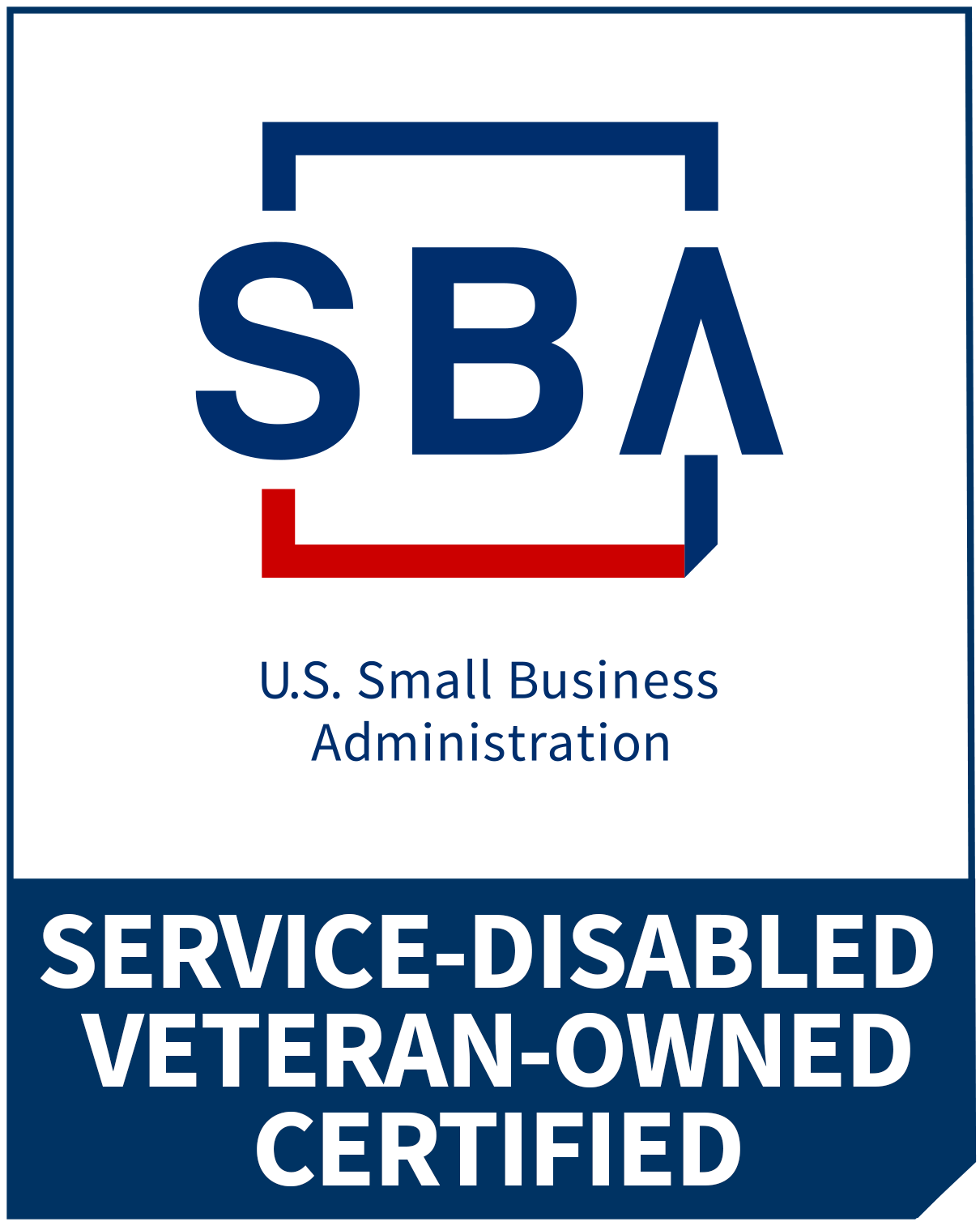There’s an adage in the Process Engineering world that one should never automate a bad process. I have friends who are in the automation business, and there are actually a lot of companies out there who are leveraging new technologies to streamline their operations. But the philosophy stands: If you’re automating, you’re wasting time and money and not getting nearly as much out of it if you haven’t already perfected those processes before you send them to the machine to run.
It reminds me of that old poster we see in the military all the time: “Drink Coffee!” it extolls, “Do stupid things faster and with more energy.”
There’s a more direct application for us in the CX world as well, and it goes by the name Omnichannel.
I wrote a long time ago about an experiment I performed in trying various different channels with a few brands I use a lot. What I found was that, regardless of the channel you use, if the experience is terrible, it’s inconsequential that you’re in a different channel (nor available via multiple channels at the same time, for that matter).
If a clever meme-writer wants to extend the joke about coffee, try this: “Omnichannel: Providing crappy experiences…everywhere your Customer is!” Or how about: “Where should you be delivering awful CX? Wherever your Customers are!”
The point is, regardless of the channel you’re in, if you don’t have the fundamentals about the actual experience figured out and in place to otherwise operate smoothly and as expected (and desired), it doesn’t matter if you’re in the right channel, or in enough channels, or which particular channel. You’re just offering the same miserable service or experience…in multiple places. In a sense, it’s almost like spreading the grief instead of fixing the problem.
I had a client once who seemed obsessed with channel fitness: Making sure their Customers were in (what they considered to be) the “right” channel at any given point. I appreciated the intent: Some stuff is easier handled on the phone, some is okay via chat, and some stuff can be done through self-help in an automated system. Sure, I get that. And I also understand that, as a brand, you likely have a lot more experience in your business than do your Customers (especially if you’re in the sort of business that doesn’t require very frequent interactions with your Customers), and while it may seem awkward to shepherd them into a channel they may not necessarily prefer, sometimes the brand does know better, and is helping out to say, “how about we help you on the phone instead,” even to someone who’d prefer not to talk on the phone. So there are definitely some reasons for being channel-specific.
But let’s be honest now…for those things that truly should be channel agnostic—things that really can be done in any channel—you’ve got to get the fundamentals about your process down first. There’s zero excuse to roll out a shiny new digital channel if what goes on in the background to make things happen in the real world is a dumpster fire.
If that means waiting a quarter longer before rolling out your new app or a chat function, so be it. As I have noticed throughout my experiences, Customers may not be thrilled to have to use a tired old channel if they’re more excited about (or more inclined toward) another channel. But if you’re offering the same poor service or experience in both (or multiple!) channels, it’s not going to impress them that you can also stink at it in many different places.
So if drinking coffee makes you do stupid things faster and with more energy, perhaps being omnichannel without the processes in place to simply, y’know, do the job, shouldn’t be called “omnichannel” at all… I call it Omnihorrible: You’re terrible everywhere.




